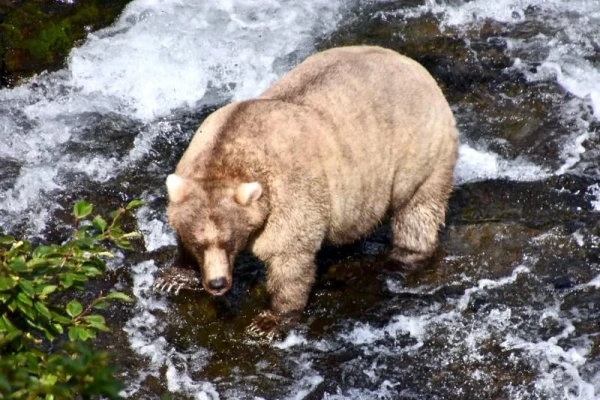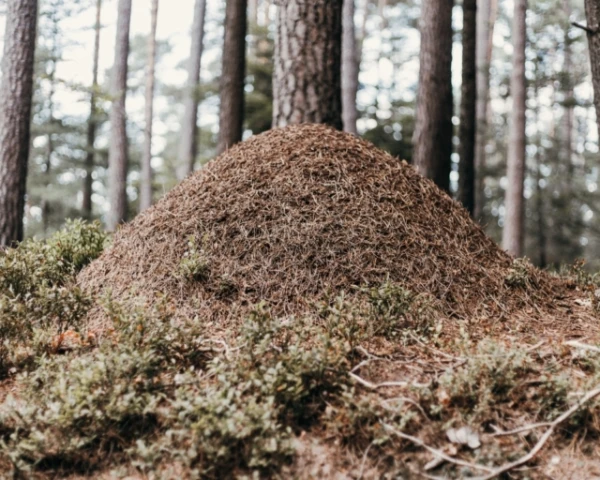
In recent years, due to climate change in the Arctic, the number of encounters between polar bears and humans has increased, which can pose a threat to the health and lives of both. The sea is freezing later in winter and clearing earlier. This forces bears to spend more time on land and approach populated areas in search of food.
We share with you 5 of the most unexpected facts about polar bears.
The polar bear is the largest land carnivore on the planet. Its body length can reach three meters. Females weigh between 200–300 kilograms, while males can weigh up to 500. There have been cases where males weighed as much as 800 kilograms. That's about the weight of a small car, like a SmartFortwo.
The polar bear is actually not white; its fur is transparent and can appear yellowish in nature. In warm climates, such as in a zoo, it can even turn green. This is because the hair of a polar bear is hollow inside, and microscopic algae can accumulate in it.
The polar bear is the only species of land mammals adapted to life on sea ice. That is why it is referred to as a marine mammal. In Latin, it is called Ursus maritimus, which means "marine bear."
Polar bears do not hibernate, but females do den and give birth there. They create their dens in snowdrifts. They go into the den in November and emerge in March-April. During this time, the mother lives solely on her fat reserves.
Newborn cubs weigh only 600 grams! They begin to see and hear about a month after birth. When the bears emerge from their dens, the cubs stay with their mother for 2.5–3 years before starting to live independently.















Leave a comment